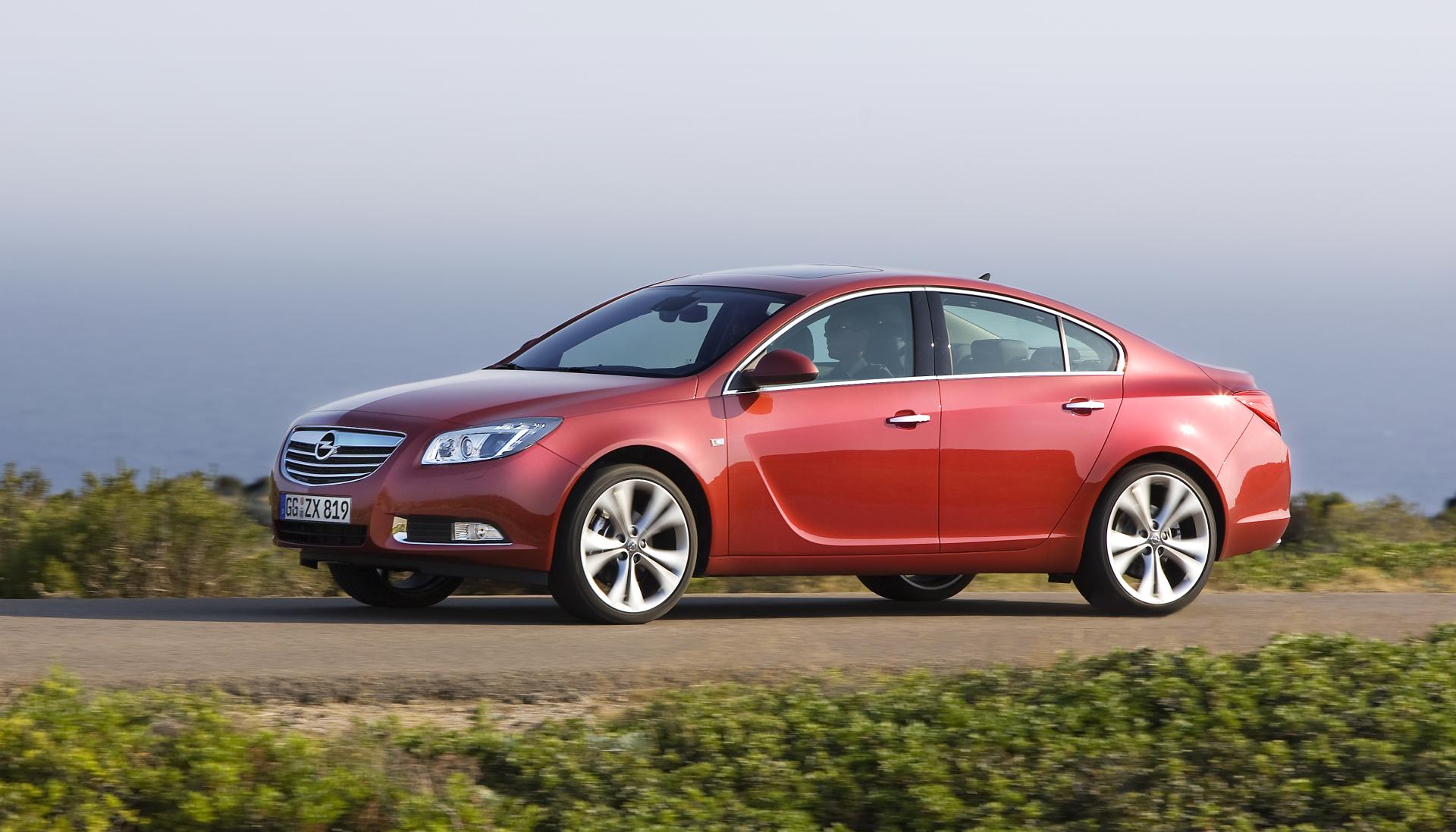Opel has revealed the 2012 Insignia. The 2012 Insignia features new equipment and a turbocharged, 1.4-liter ecoFLEX petrol motor.
Opel has revealed the first details of the 2012 Insignia.
Outside styling is unchanged, with the exception of a new “Luxor”, metallic paint and restyled wheel designs. However, there are two new infotainment system that are “far superior to their predecessors. They store all map data on SD cards so they can be easily updated. The new Indian Night Nappa leather seats are complemented by a forward collision alert system that notifies the driver when they’re going to collide with the vehicle in front.
There are many changes under the hood that will improve performance and fuel efficiency. The turbocharged, 1.4-liter ecoFLEX gasoline engine produces 140 PS (103kW/138 hp) as well as 200 Nm (147lb-ft), and replaces the 1.8-liter unit. The model also boasts a six-speed manual transmission, an engine start/stop system, power steering, an aerodynamic underbody and 17-inch wheels with low-rolling-resistance tires. These tweaks result in a fuel consumption rating that is 5.7 L/100 km and CO2 emissions that are 134g/km (5.3 L/100km for the estate and 139g/km respectively). The engine allows the Insignia accelerate from 0 to 100 km/h in just 10.9 seconds, and reach a maximum speed of 205 km/h (128 km/h).

The turbocharged 2.0-liter petrol engine – available on all-wheel-drive models – has been tuned to produce 250 PS (185kW/248 hp), 400 Nm (295lb-ft), and 30 PS (22kW/30 hp), and 50 Nm (37.5 lb) respectively. When connected to a six-speed manual transmission, the car runs from 0-100 km/h in 7.5 seconds and has an electronically-limited top speed of 250 km/h (155 mph). Engineers were able reduce fuel consumption and emissions despite the increased power. They also installed an engine stop/start system. The model’s efficiency ratings are 8.4 L/100 km, 197 g/km, which is an improvement of 0.5L/100km and 12g/km.
The front-wheel-drive model with turbocharged 2.0-liter petrol produces 220 PS (162kW/217 hp). It will also be equipped with an engine stop system, aerodynamic underbody, and low-rolling-resistance tires. Opel claims that this will enable the car to consume 7.6 L/100km of fuel and emit 179g/km of CO2. This is a decrease of 0.5 and 10 g/km respectively.